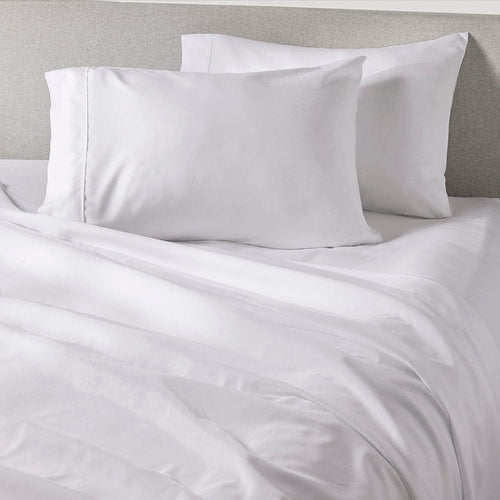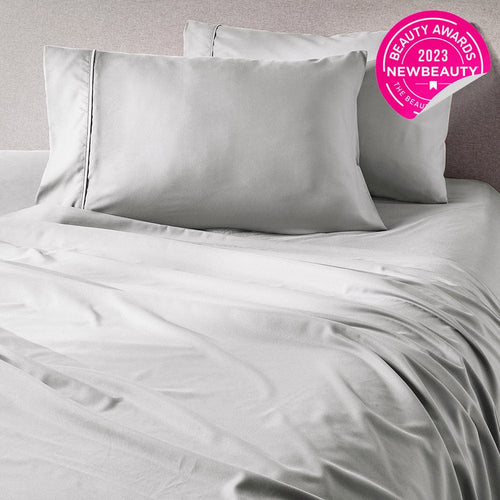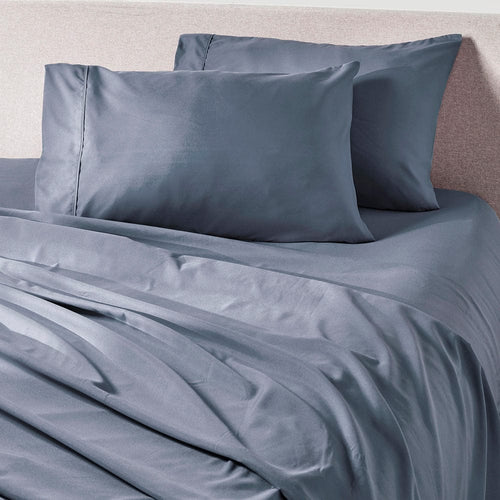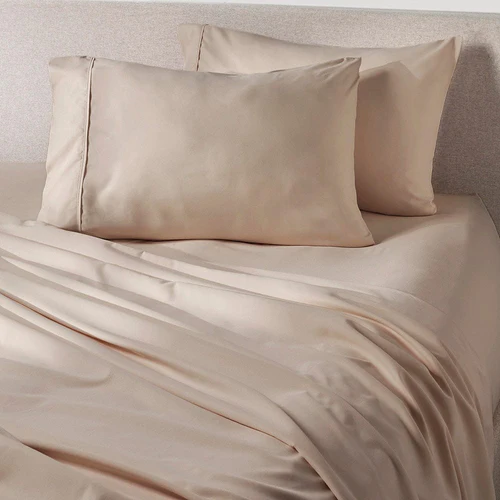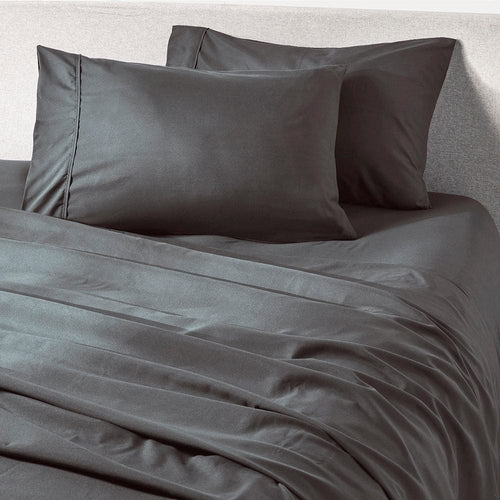
How Cooling Down at Bedtime Improves Your Sleep Quality
The effect of environmental conditions on the quality of your sleep is becoming a popular topic. Conditions such as temperature, light, noise, and humidity all play a part in your ability to fall asleep and stay asleep, although the effects of these factors are highly dependent upon the individual. Ambient temperature is a particularly important factor because sleep quality can be significantly affected by minor temperature changes. In particular, there is a great deal of evidence that people tend to sleep better in a cooler bed.
SLEEP QUALITY
Everyone has an internal thermostat that continually regulates body temperature to a particular level. The further your body is from its ideal temperature, the more your body has to work to achieve the desired state. This tendency means that quality sleep requires you to be as comfortable as possible.
However, our body temperature decreases when we sleep due to the reduction in our metabolic rate, which means a room temperature that was comfortable when we were awake is usually too warm when we’re asleep. While the change in your body temperature is mostly significant during sleep, it fluctuates throughout the day even without exercise. Body temperature rises when you wake up and typically continues to rise until early afternoon when most people eat lunch. From that point, it tends to drop slightly until early evening.
Sleep generally requires your body temperature to drop to a certain level, so people with a body temperature that’s higher than normal often experience greater difficulty falling asleep. This issue can be a particular problem for professional athletes, who may need their bedroom to be as cold as the air conditioning will allow, especially during summertime. Even a sedentary person usually finds the best temperature for sleep is between 60 and 67 degrees Fahrenheit, although individual preferences can vary. A slight increase from this ideal temperature can result in a measurable decrease in sleep quality. For example, an increase of 1.8 degrees in the bedroom temperature adds three additional nights of disturbed sleep per month for every 100 people.
HEALTH EFFECTS
Many studies have examined the effects of a cold bed on the quality of your sleep. A 2012 study in the Journal of Physiological Anthropology showed that heat and humidity reduced the amount of deep sleep as characterized by slower brain waves. It also showed that rapid-eye-movement (REM) sleep decreases when heat and humidity increase. One of the studies mentioned also revealed that people with untreated sleep apnea slept better at 60.8 degrees as compared to 75.2 degrees.
Sleep experts have long recommended lowering the temperature as part of the treatment for insomnia. Many of these experts believe some types of insomnia may be related to irregularities in body temperature during sleep. These irregularities primarily include a delay in the body temperature drop that normally occurs in the evening or a delay in the temperature increase that should occur in the morning. A fever or large meal are common causes of body temperature irregularities.
The production of brown fat is another benefit to sleeping in cooler temperatures. Brown fat is healthier than white fat because it helps burn calories and may help protect you from diabetes and obesity. A 2014 study published in Diabetes found that sleeping with a temperature of 66 degrees stimulated more brown fat growth than sleeping at 75 degrees.
TIPS
A number of tips can help you take advantage of the benefits of a cooler temperature during sleep. It’s helpful to think of your bedroom as a cool, dark cave when you’re ready to sleep. Bats follow this strategy, and they sleep for up to 16 hours per day. The following are just a few strategies you can employ to get a better night's sleep:
- Choose sheets that keep you cool. Sheets made from polyfiber can wick away moisture, making you feel cooler at night.
- Find your optimum sleeping temperature, and set your thermostat to this level before you go to bed. It may take some trial and error to find this temperature, but you should start with a temperature of about 65 degrees. However, a lower temperature may be better if you’re physically active.
- Use memory-foam pillows with caution. They may feel good because they conform to your body, but they can also make you too hot.
- Keep blankets handy to accommodate differences in temperature preferences between sleeping partners.
- Take a bath an hour before bed to help you sleep better. It may seem counterintuitive, but a warm bath will actually lower your body temperature when the water evaporates after you get out of the tub.
- Use additional strategies to maintain your normal circadian rhythm during winter. Try to get at least 20 minutes of sunlight during the day, especially when it’s earlier in the day. Remain active, even if you have to exercise indoors. Use a humidifier in your bedroom to prevent the air from drying out when the weather gets cold.
TRY PEACHSKINSHEETS
Sleep is a highly complex process that’s affected by many physical and psychological factors. However, researchers generally agree that a narrow temperature range is essential for obtaining high-quality sleep. The ideal room temperature for sleep is less than the most comfortable temperature while you’re awake, so you’ll often improve the quality of your sleep by turning your thermostat down just before going to bed. It’s also important to maintain other healthy habits such as a regular routine that includes exercise.
PeachSkinSheets makes temperature regulating sheets, perfect for people who suffer from night sweats. Our athletic-grade fabric wicks moisture away rather than absorbing it like cotton does, with 1500-thread-count softness for maximum comfort. Visit PeachSkinSheets.com to learn more about the available colors and styles of our temperature regulating, moisture wicking sheets for night sweats.

